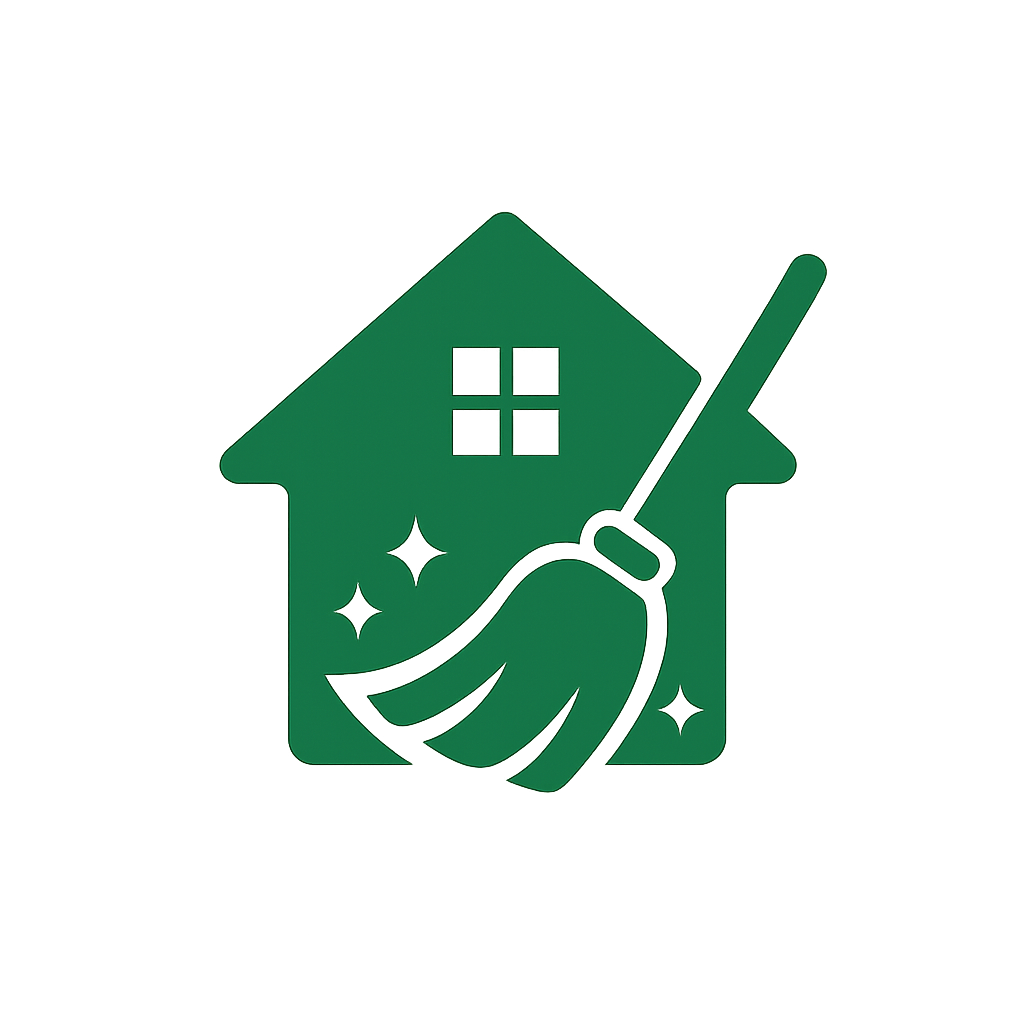Robiul Alam How to Clean Fridge Outside – 7 Easy DIY Methods 2025Discover



Robiul Alam
Discover 5 natural and effective ways of how to remove limescale from taps, showerheads, and appliances. Ideal for homeowners, tenants, landlords, and property managers in Hertfordshire.

Limescale is a common household nuisance, often forming in places where hard water has been left to sit. It appears as a chalky, white residue on taps, showerheads, kettles, and other appliances. Not only does it look unsightly, but it can also cause damage to your plumbing and household appliances. If you’ve been struggling with stubborn limescale, this article will explore five practical methods to remove it—without causing damage to your fixtures.
Limescale is primarily caused by calcium and magnesium found in hard water. Over time, as the water evaporates, these minerals remain behind, leaving behind white, crusty deposits. While limescale may seem harmless, it can cause a host of issues:
The good news is that with the right methods, limescale can be effectively removed, restoring the cleanliness and function of your home. Let’s dive into five tried-and-true methods to tackle limescale buildup.
Vinegar is a well-known, eco-friendly cleaning agent that can dissolve limescale effectively. The acidity in vinegar breaks down the minerals, making it easier to wipe them away. This method works particularly well for taps, showerheads, and even inside your kettle.
This method is perfect for everyday cleaning and is safe for most surfaces, including chrome and ceramic.
Baking soda is another versatile household product that can help remove limescale. When combined with water, it forms a paste that acts as a gentle abrasive, lifting limescale without damaging the underlying surface.
This method works best for stubborn limescale on surfaces like shower doors, faucets, and even glassware.
Lemon juice is another powerful natural cleaner, thanks to its acidity. It can break down the mineral deposits in limescale and leave a fresh, clean scent. This method is particularly useful for removing limescale from kettles, sinks, and taps.
Lemon juice is particularly effective for cleaning appliances like kettles and dishwashers, where mineral deposits are often most prominent.
For tougher limescale buildup, you may need to rely on commercial limescale removers. These products are specially formulated to tackle heavy-duty deposits that may not respond to natural remedies.
While commercial cleaners are effective, it’s always advisable to use them as a last resort due to their stronger chemical composition. For regular maintenance, natural methods should suffice.
The best way to prevent limescale buildup is to keep your appliances and surfaces clean on a regular basis. By wiping down taps, showerheads, and other fixtures after each use, you can reduce the chances of limescale accumulating.
With regular cleaning and the use of preventive measures, you can keep limescale under control and your home sparkling clean.
It’s best to clean your taps, showerheads, and appliances for limescale once a month to prevent buildup. If you live in an area with hard water, you may need to clean more frequently.
Yes, you can. Use a limescale remover or a mixture of vinegar and water to remove the buildup from the dishwasher’s interior. Run a cycle with the solution to break down the limescale.
Vinegar is safe for most surfaces, but it should be used with caution on marble, granite, or natural stone, as the acidity can damage these materials.
To clean a kettle, fill it with a solution of equal parts water and vinegar or lemon juice. Boil the kettle, then let it sit for 15–20 minutes. Rinse thoroughly to remove any remaining residue.
Yes, over time, limescale buildup in pipes can restrict water flow and cause corrosion. Installing a water softener can help reduce the buildup and protect your plumbing.
If limescale has become a persistent problem in your home, our professional cleaning services at Glohus Cleaning can help. We offer comprehensive cleaning services to tackle limescale and other common household issues. Book a service today and let us handle the tough cleaning for you!
For more expert tips on cleaning and home maintenance, visit Better Homes & Gardens, a trusted source for home care advice.

Robiul Alam How to Clean Fridge Outside – 7 Easy DIY Methods 2025Discover




Robiul Alam How to Clean Stainless Steel Fridge – 5 Best Proven
